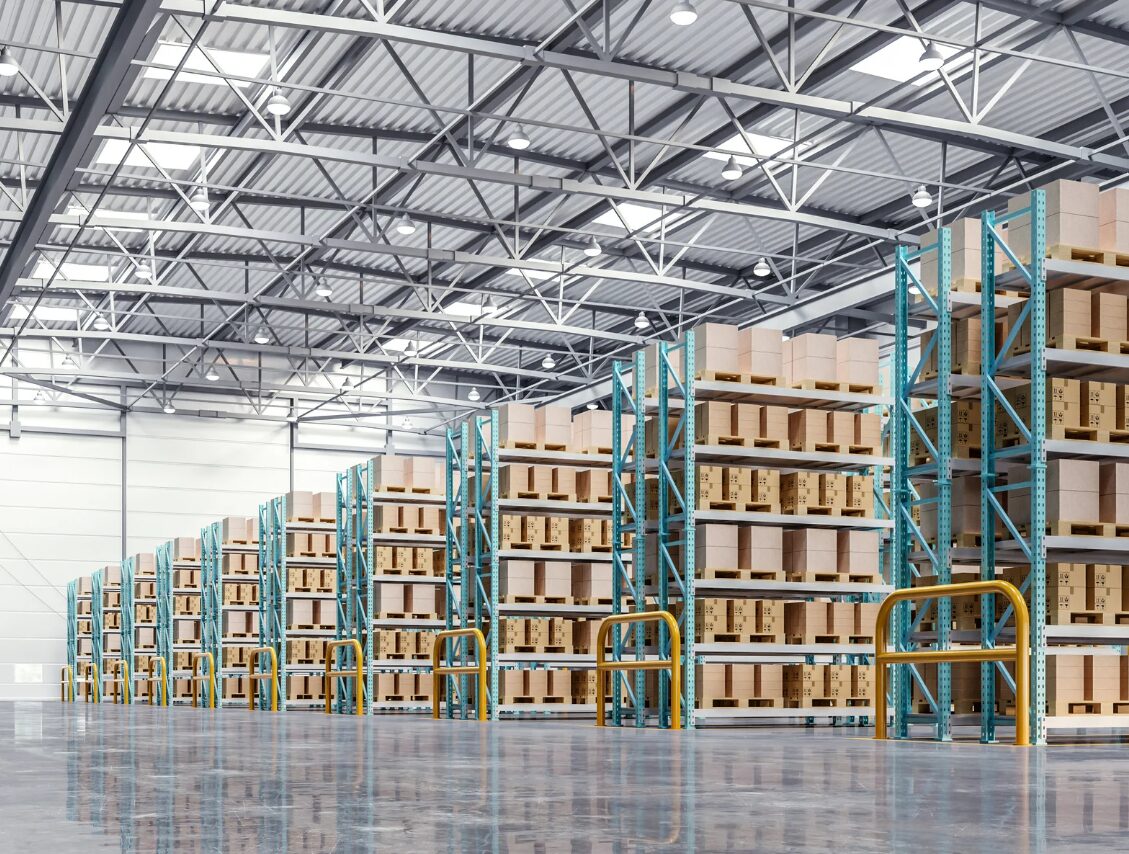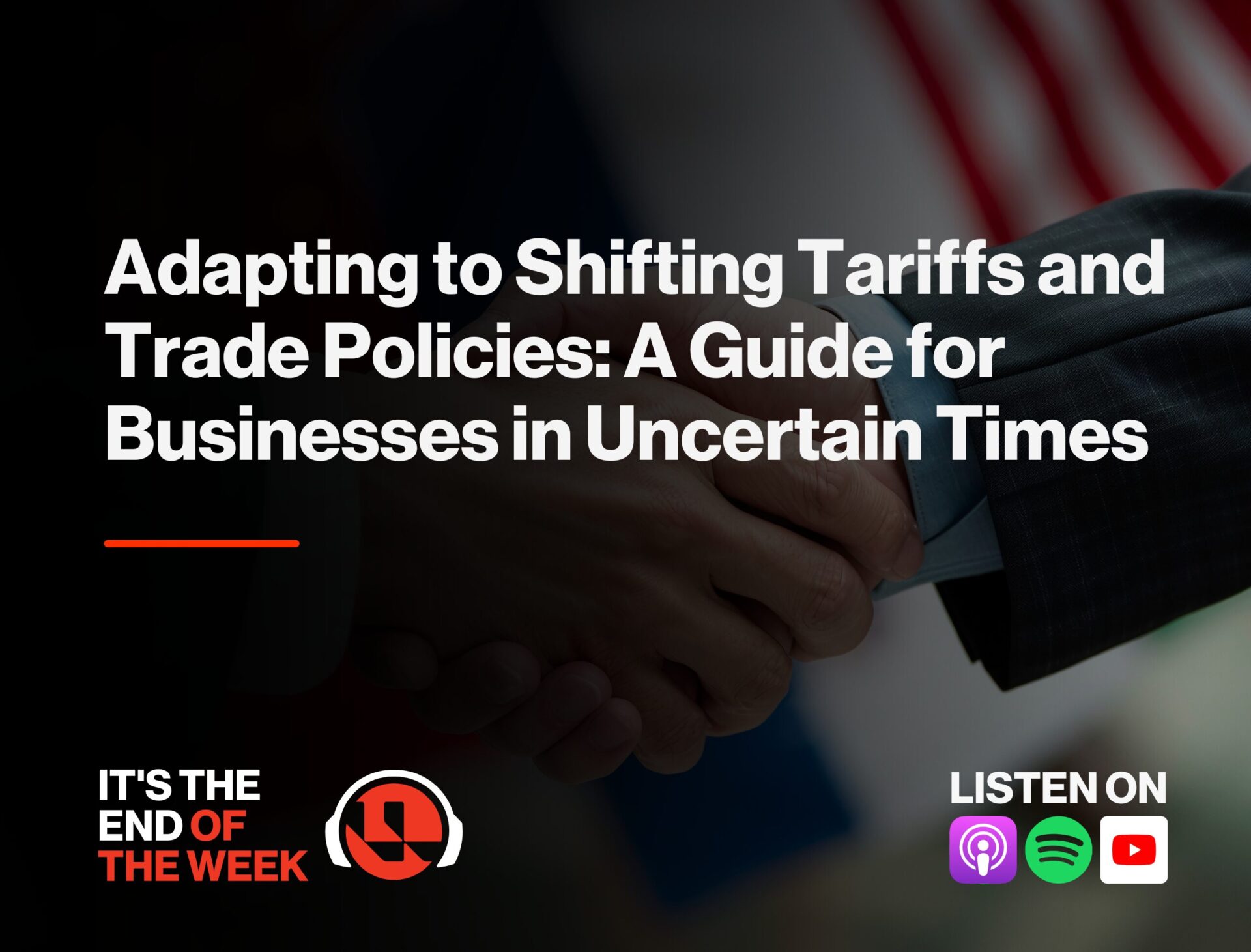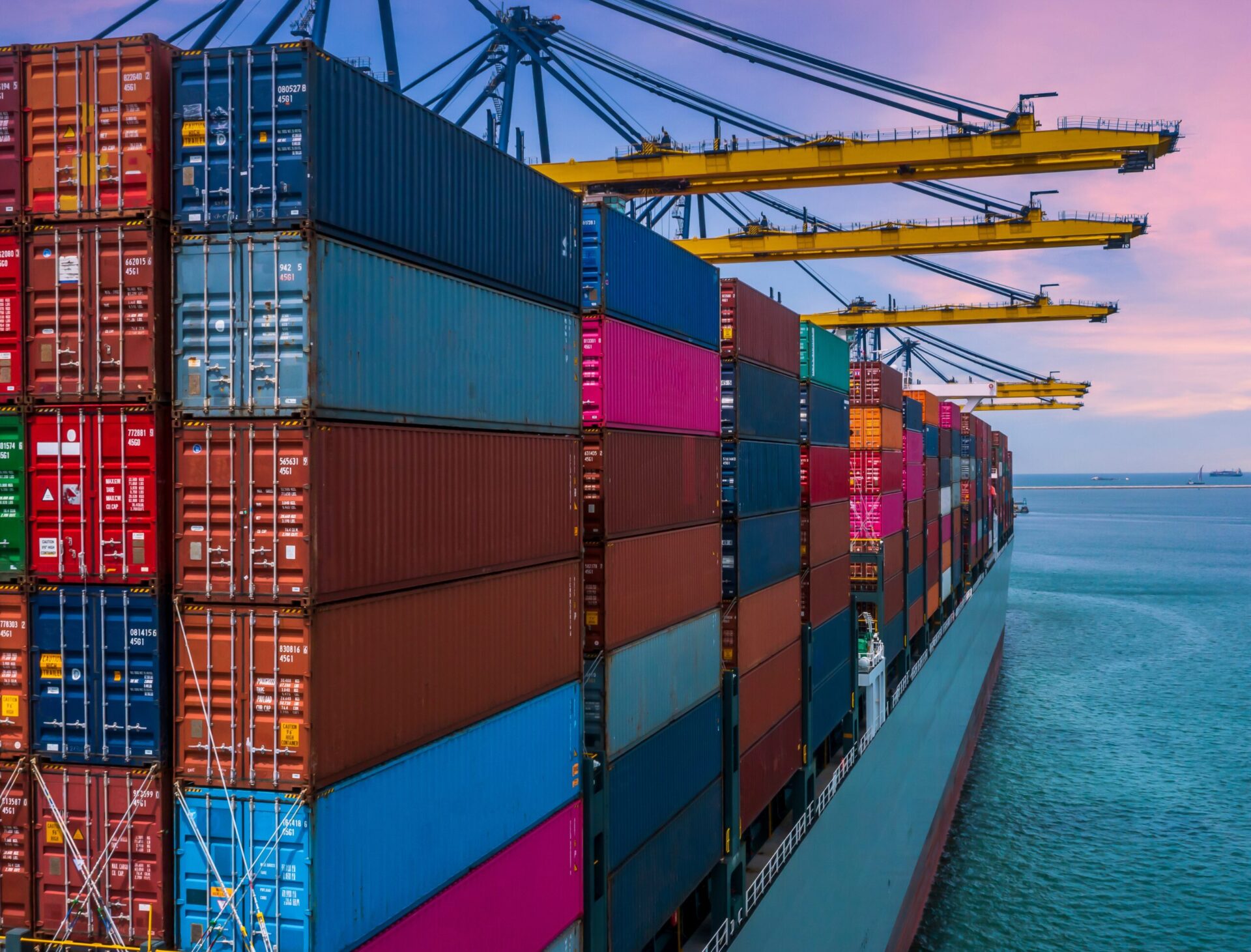Ready to take your operations from reactive to resilient? Connect with Vivi Tran Lynch to explore how strategic planning and leadership can future-proof your business.
Is your Warehouse Layout Up to Date? Receive an Updated Layout in 2 Weeks.

By: Vivi Tran Lynch
May 6, 2025 | 2 min read
The past few years have revealed just how brittle global operations can be. From COVID-induced supply chain breakdowns to ever-shifting tariffs and economic turbulence, businesses have had to navigate a new era of uncertainty. In these moments, one truth has become abundantly clear: the companies that emerge stronger are the ones that plan—early and often.
For many businesses, especially those that have operated profitably for years without robust operational leadership, there’s a temptation to maintain the status quo. The logic often goes: “We’ve never needed this before—why now?”
Many of our clients are moving into more complex growth and fulfillment strategies—large-scale direct-to-consumer (D2C) models and multi-channel inventory management—at an unprecedented pace and urgency. Vulnerabilities emerge when infrastructure is inadequate to support these major shifts—and, more critically, when there is a gap in operational experience to guide the process. Without the right resources and the agility to implement effective solutions, avoidable mistakes can multiply, resulting in operational inefficiencies, customer dissatisfaction, and lost revenue. Moreover, the cost of remediation often surpasses the investment that would have been required for proper upfront planning.
The pandemic was a stress test for operational resilience. Many businesses were left exposed, forced to respond reactively rather than strategically. But the most successful companies were not paralyzed by the disruption, they treated the event as an opportunity to modernize and move forward. Take McDonald’s, for example: they strategically used the shutdown to accelerate automation efforts that had been in the pipeline for years, rolling out self-service kiosks nationwide. By being proactive, they not only addressed pandemic-related labor constraints but also positioned themselves for greater efficiency and enhanced customer experience in the years ahead. This is the kind of proactive thinking businesses need now.
So, what should a company actually do in times of uncertainty? The answer is deceptively simple: start planning.
But don’t just plan for what’s already burning. Tariffs, supply delays, cost increases—those are symptoms. The most effective plans anticipate the unknown, and they begin with understanding what you can and can’t control.
Here are three foundational tools to help your organization plan smarter:
The first step in any plan is understanding your vulnerabilities. Where are you exposed? Is it in sourcing? Logistics? Labor? Performing a supply chain risk assessment and an operational audit gives you clarity on where to focus, and where the real threats lie. This is especially critical as companies explore DTC models or diversifying supply chains—both of which bring their own operational complexities.
In uncertain times, lean into your strengths. What does your team do exceptionally well? Whether it’s product development, customer service, or data analytics, build internal centers of excellence that can scale with your business. Excellence in one area provides stability while you work on improving others.
Operational excellence doesn’t just happen. It’s led. As startups grow, they often outgrow their founding structure. A brilliant product founder is not automatically a great CEO or COO. And that’s okay. That’s why career executives exist. Bringing in strategic leadership with operational expertise can bridge the gap between vision and execution—and prevent costly missteps as you scale.
Waiting for a crisis to force change is no longer viable. Companies that invest in strategic planning, identify operational risks, and bring in leadership to guide the process are the ones that will emerge stronger from periods of uncertainty.
This isn’t just a lesson from COVID—it’s a playbook for resilience.
So ask yourself: Are you planning for what’s next? Or are you just putting out fires?

Stay ahead of the curve. Learn how your business can plan to navigate the continually shifting tariffs and trade policies of North America.

The 2024 peak season was a defining moment for retailers, supply chain professionals, and logistics experts. Despite looming challenges such as port strikes and impending tariffs, the industry witnessed growth and an overall positive outlook compared to previous years.

Explore 3 strategic approaches to reduce tariff exposure, control operational costs, and improve supply chain resilience in an uncertain trade landscape.